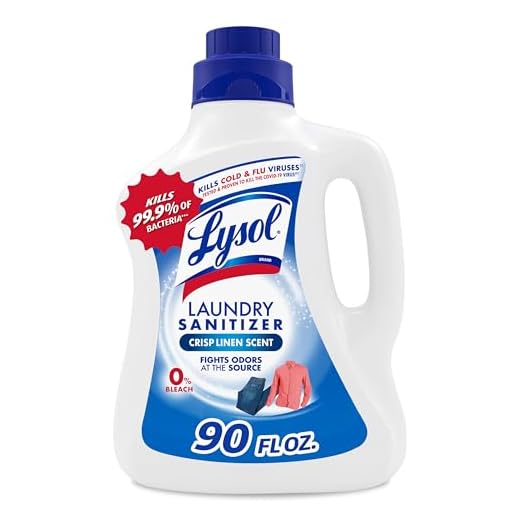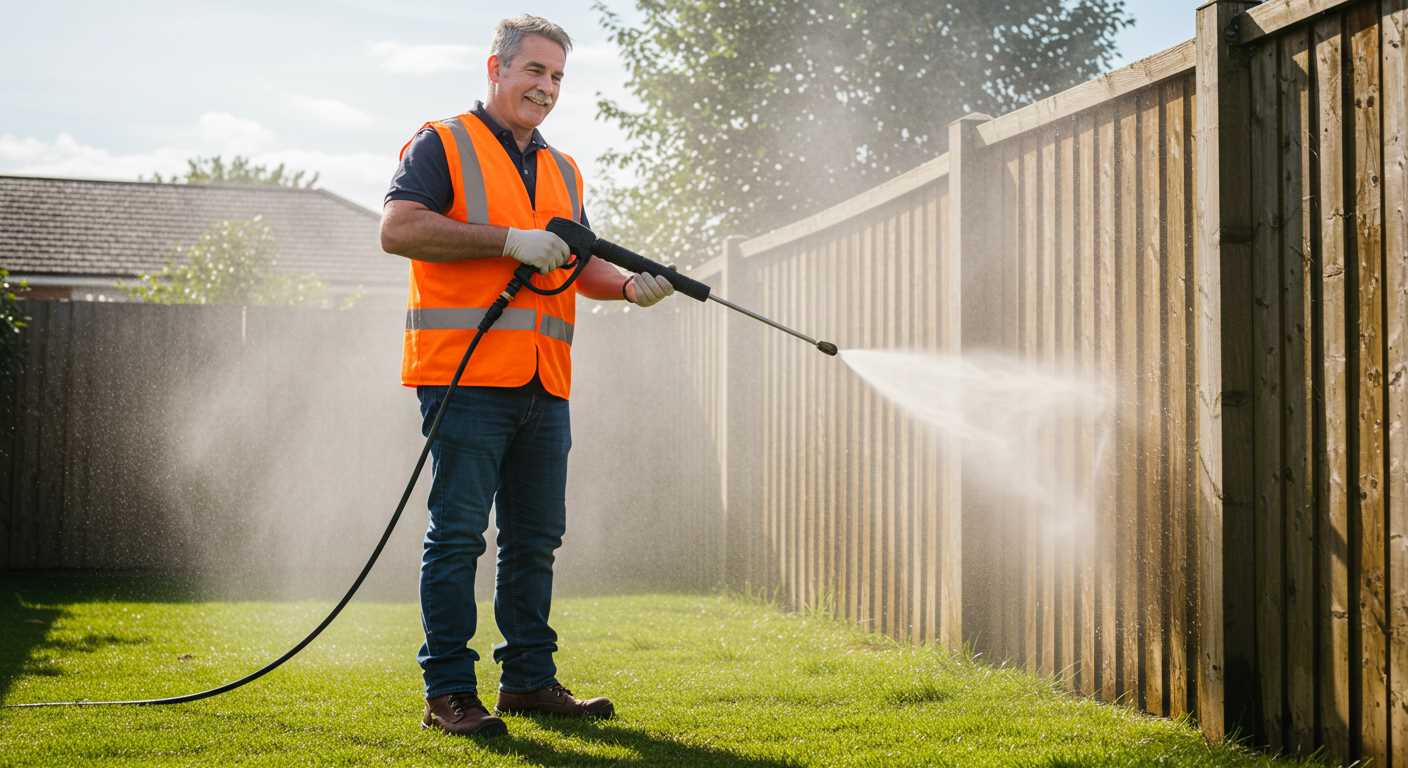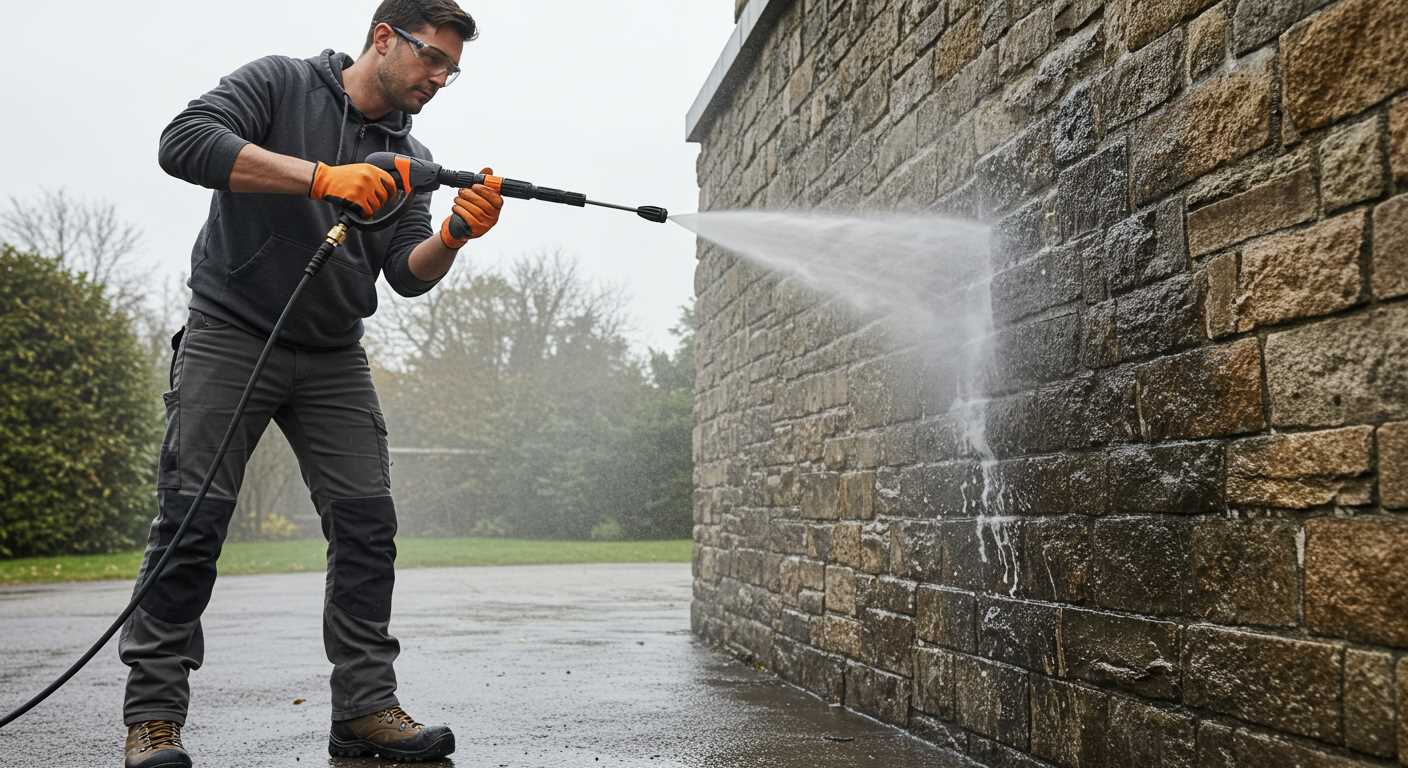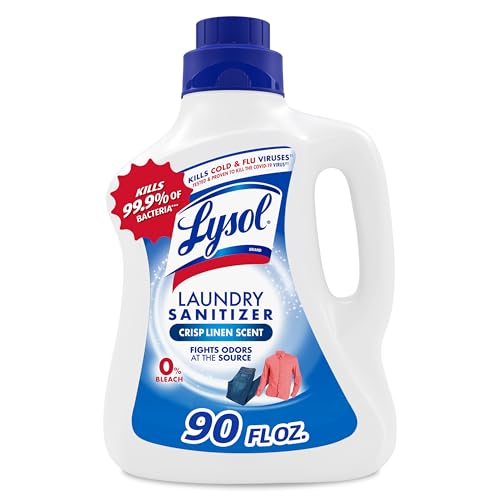



Start with a gentle hand wash. Utilise lukewarm water mixed with a mild detergent. Soak a soft cloth in this solution and gently scrub the material, focusing on stained areas. Rinse thoroughly with clean water to ensure no soap residue remains.
Consider incorporating vinegar as a natural disinfectant. Mix equal parts of white vinegar and water in a spray bottle. Lightly mist the fabric, allowing the solution to sit for 10 to 15 minutes before wiping down with a damp cloth. This not only helps in removing stubborn stains but also neutralises any unpleasant odours.
For stubborn grime, prepare a paste using baking soda and water. Apply this paste directly onto problematic spots, let it sit for about 30 minutes, and then scrub gently with a soft brush. Rinse well and check if additional treatments are necessary.
After cleaning, air drying is preferable. Hang the banners in a well-ventilated area, allowing them to dry completely before storing or displaying again. This method not only prevents mildew but also maintains the integrity of the fabric.
Cleaning Flags with Household Solutions

Mix water with a gentle detergent like dish soap. Use a soft sponge to apply the mixture to the material. Gently wipe in a circular motion to eliminate dirt and stains.
Stain Treatments
For stubborn stains, consider the following:
- White vinegar: Mix equal parts of vinegar and water, apply directly to the stain, and let it sit for 10-15 minutes before rinsing.
- Baking soda: Create a paste by combining baking soda with a small amount of water. Apply this to tough spots and scrub gently.
- Oxygen bleach: If the fabric allows, dissolve oxygen bleach in water and soak the item for several hours before washing.
Final Steps
After treating stains, rinse the fabric thoroughly with clean water to remove any soap or cleaning agent. For drying, hang the item in a well-ventilated area, away from direct sunlight to prevent fading.
Selecting the Right Cleaning Solution for Your Flag
Choose a gentle detergent specifically designed for delicate fabrics. Look for biodegradable options to minimise environmental impact. Avoid bleach or harsh chemicals that can damage the material or fade colours.
For natural fibres, such as cotton or wool, consider a mild soap or a solution with plant-based ingredients. Always check the label to ensure compatibility with your fabric type.
If your standard detergent doesn’t yield results, try a mixture of water and white vinegar. This can effectively remove stubborn stains and odours while being gentle on the textile.
For synthetic materials, opt for a product formulated for synthetic fibres. These detergents usually contain enzymes to break down dirt without causing harm.
To enhance cleaning efficiency, you can add a tablespoon of baking soda to your cleaning solution. This compound not only boosts stain removal but also acts as a deodoriser.
Always perform a patch test on a small, inconspicuous area before applying any new product to the entire fabric. This ensures that the solution won’t discolour or damage your banner.
Finally, consider the specific type of stains you are addressing–grease, mildew, or dirt–when selecting a product. Tailoring your choice to the problem at hand will lead to better outcomes.
Preparing Your Flag for Cleaning: Steps to Follow

The first step is to thoroughly inspect the banner for any damages, frays, or weakened areas. Identify spots that require special attention during the washing process.
Next, check the fabric type. Different materials, such as nylon, polyester, or cotton, may have specific care requirements. This information can guide your choice of cleaning solution and method.
Before starting the actual washing, take the time to remove any attached hardware like clips or strings that could get damaged or interfere with the procedure.
If there are stubborn stains, pre-treat those areas by applying a small amount of your chosen solution directly to the affected spots. Let it sit for about fifteen minutes to break down any embedded grime.
Lastly, ensure the washing area is clear of debris and dirt. This prevents re-soiling once you begin the cleansing method. Make sure to have a soft cloth or sponge handy for wiping after the washing process is complete.
Hand Washing Techniques for Different Flag Fabrics

Use a gentle approach with nylon or polyester materials. Fill a basin with lukewarm water and dissolve a mild detergent suitable for synthetic textiles. Submerge the fabric and swish it lightly, avoiding any aggressive scrubbing. Rinse thoroughly with cool water until all soap is gone.
Cotton and Natural Fabrics
For cotton and other natural materials, prepare a solution using cold water and a gentle detergent. Soak the item for about 15 minutes, then use a soft sponge to dab at any stains. Rinse with cool water and never wring out the fabric, as this can cause it to lose shape.
Microfiber and Delicate Textiles
In the case of microfiber, opt for a specially formulated cleaner that is safe for this type of material. Mix with cold water, and use a clean cloth to gently wipe the surface. Rinsing should be done carefully to maintain the fabric’s integrity. For very delicate items, consider professional care to avoid damage.
Drying Methods to Maintain Flag Quality

To prolong the lifespan of your banner, it’s crucial to dry it properly after washing. I recommend air drying whenever possible. Hang the fabric unfolded in a shaded, well-ventilated area to prevent mildew growth and fading. A clothesline or a sturdy hanger works well for this purpose.
If indoor drying is necessary, place the flag on a clean, absorbent towel. Roll it up gently to remove excess moisture, then lay it flat on another towel in a dry, airy room. This method absorbs water without causing creases or damage.
Using a fan can expedite the drying process. Position it to ensure good airflow around the material. Avoid direct sunlight, as this can lead to deterioration and colour loss.
Avoid tumble drying, as the heat can compromise the integrity of the fabric. If using a hairdryer, keep it on a low setting and maintain distance to prevent heat damage.
| Drying Method | Advantages | Disadvantages |
|---|---|---|
| Air Drying | Prevents mildew, maintains colours | Slow process in humid conditions |
| Towel Drying | Reduces drying time | Requires careful handling to avoid wrinkles |
| Fan Drying | Speeds up drying | Noisy and may require space |
| Hairdryer | Localised drying | Risk of overheating the material |
By choosing the right drying method based on your conditions, you can maintain the quality and appearance of your banner for many displays to come.
Removing Stains Without Damaging the Fabric

Opt for a gentle solution such as white vinegar mixed with water. This mix effectively tackles common stains while remaining safe for most materials. Aim for a ratio of one part vinegar to three parts water. Test this solution on a small, inconspicuous area first to check for any adverse reactions.
For stubborn marks, create a paste using baking soda and water. Apply this paste directly to the stained area and let it sit for approximately 30 minutes. Afterward, dab with a soft cloth or sponge using lukewarm water to lift the stain without harming the fabric.
If grease is an issue, sprinkle cornstarch or talcum powder on the area. Allow it to absorb the oil for a few hours, then gently brush it off with a soft brush. This method is effective and prevents any potential damage.
Always opt for a soft cloth or sponge for application and removal. Avoid abrasive materials that can cause wear. For particularly delicate items, consider using a dedicated fabric cleaner that specifies compatibility with your flag’s material.
As a final touch, rinse the area thoroughly with clean water to remove any cleaning residues. Ensure proper drying to prevent mildew; this may involve air-drying in a shaded area, avoiding direct sunlight to prevent fading.
Regular Maintenance Tips to Keep Your Flag Looking New

To keep your textile representation pristine, routine care is vital. Start with a gentle shake to dislodge dirt and debris. This simple action can often restore its appearance significantly.
Inspection for Wear and Tear
Regularly examine the material for fraying edges or fading colours. Addressing small issues promptly can prevent them from escalating. Look for loose stitching and secure it before it compromises the entire structure.
Storage Recommendations
When not displayed, store your banner in a dry, dark place to avoid sun exposure and moisture damage. Use a breathable cloth bag, steering clear of plastic, which can trap humidity and cause mould.
Routine checks and simple care practices can extend the life of your fabric greatly, ensuring it remains a source of pride for many years ahead.







